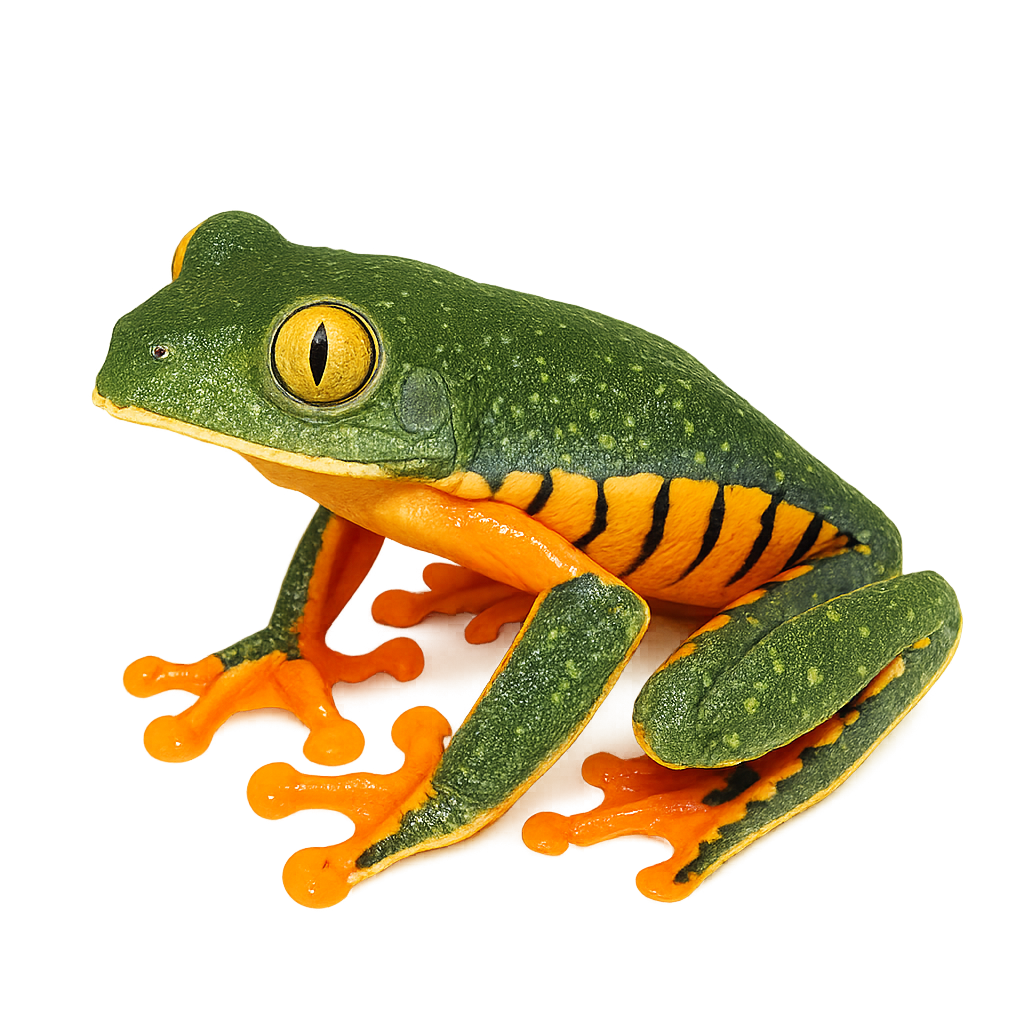Your wildlife photography guide.
Explore the splendid leaf frog in detail, study its behavior, prepare your shots.
Where to observe and photograph the splendid leaf frog in the wild
Learn where and when to spot the splendid leaf frog in the wild, how to identify the species based on distinctive features, and what natural environments it inhabits. The WildlifePhotographer app offers tailored photography tips that reflect the splendid leaf frog’s behavior, helping you capture better wildlife images. Explore the full species profile for key information including description, habitat, active periods, and approach techniques.
Splendid Leaf Frog
Scientific name: Cruziohyla calcarifer

IUCN Status: Least Concern
Family: HYLIDAE
Group: Amphibians
Sensitivity to human approach: Suspicious
Minimum approach distance: 2 m
Reproduction period: May to August
Incubation: 7–10 jours
Births: May to September
Habitat:
humid tropical forests, canopies, riparian zones
Activity period :
Mainly active at night, generally discreet during the day.
Identification and description:
Cruziohyla calcarifer, known as the splendid leaf frog, is a captivating species within the Hylidae family. It is distinguished by its vibrant coloration, featuring an emerald green back speckled with yellow spots and flanks adorned with blue and black patterns. This frog also boasts prominent eyes and webbed feet, adapted to its arboreal lifestyle. It primarily inhabits the humid tropical forests of Central America, where it skillfully camouflages among the leaves. Nocturnal, it feeds on insects and other small invertebrates. Although its habitat is threatened by deforestation, it is currently classified as "Least Concern" by the IUCN.
Recommended lens:
Macro – adjust based on distance, desired framing (portrait or habitat), and approach conditions.
Photography tips:
To photograph the splendid leaf frog, patience and discretion are key. Use a macro lens to capture the details of its colorful skin and expressive eyes. Focus on nocturnal hours to observe it in its natural habitat. A red light headlamp can be useful to avoid dazzling it. Maintain a distance of at least 2 m to avoid disturbing it. Finally, pay attention to surrounding sounds, as this frog is often easier to hear than to see.
The WildlifePhotographer App is coming soon!
Be the first to explore the best nature spots, track rutting seasons, log your observations, and observe more wildlife.
Already 1 431 wildlife lovers subscribed worldwide

